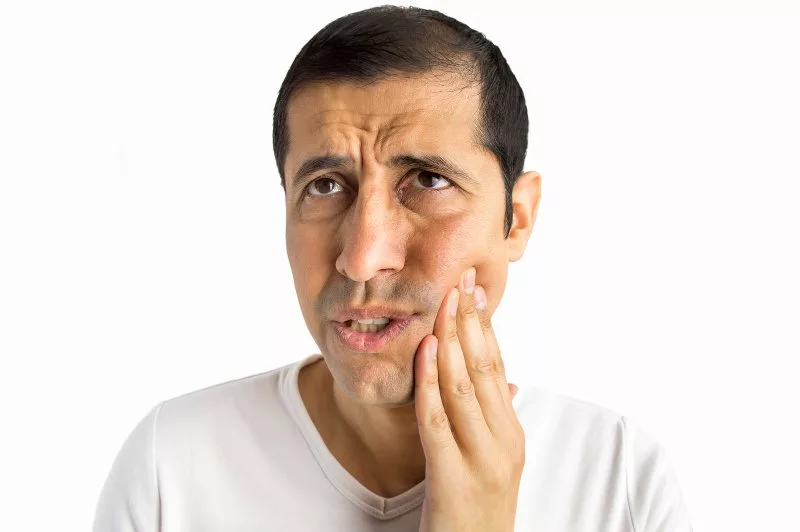
Temporomandibular joint (TMJ) disorders can significantly impact a patient’s quality of life, causing pain, functional limitations, and psychological distress. While conservative management approaches are often the first line of treatment, surgical interventions may be necessary for cases resistant to non-invasive therapies. This white paper aims to provide a comprehensive review of surgical treatment options for TMJ disorders, including their indications, techniques, outcomes, and potential complications. By examining the available evidence, clinicians can make informed decisions and optimize patient care.
TMJ disorders encompass a broad spectrum of conditions affecting the temporomandibular joint and associated structures. Patients with severe pain, restricted jaw movement, joint degeneration, or failed conservative therapies may require surgical interventions. This paper aims to discuss the various surgical treatment options available and their suitability in different clinical scenarios.
Non-surgical Management: Before considering surgical intervention, conservative approaches such as lifestyle modifications, physical therapy, medications, and occlusal appliances should be exhaustively explored. This section briefly outlines these non-surgical treatment modalities and their role in managing TMJ disorders.
Surgical Treatment Options:
2.2.1 Arthrocentesis: Arthrocentesis is a minimally invasive procedure that involves flushing the TMJ with sterile solutions to reduce inflammation and improve joint function. This section discusses the indications, technique, and outcomes associated with arthrocentesis.
2.2.2 Arthroscopy: Arthroscopy allows direct visualization of the TMJ using a small camera, facilitating the diagnosis and treatment of intra-articular pathology. The use of arthroscopy in TMJ disorders, including its indications, techniques, and outcomes, is elaborated upon in this section.
2.2.3 Open Joint Surgery: Open joint surgery involves a surgical approach to access the TMJ joint space. It provides the opportunity to address complex TMJ pathologies, such as disc displacement, joint ankylosis, and structural abnormalities. This section explores the indications, techniques, outcomes, and potential complications associated with open joint surgery.
2.2.4 Total Joint Replacement: Total joint replacement is reserved for severe TMJ disorders where other surgical options have failed or are contraindicated. This section discusses the indications, techniques, outcomes, and potential complications associated with total joint replacement.
Considerations for Treatment Planning:
Factors such as patient age, severity of symptoms, joint pathology, previous treatment history, and patient preferences play a crucial role in determining the most suitable surgical treatment option. This section emphasizes the importance of individualized treatment planning and a multidisciplinary approach to optimize patient outcomes.
Arthrocentesis, a minimally invasive procedure, is effective in reducing inflammation and improving joint function. Arthroscopy allows for direct visualization of the TMJ, aiding in the diagnosis and treatment of intra-articular pathology. Open joint surgery provides access to address complex TMJ pathologies, while total joint replacement is reserved for severe cases.
By comparing these surgical options, clinicians can make informed decisions based on patient-specific factors. Age, severity of symptoms, joint pathology, treatment history, and patient preferences should be considered during treatment planning. The importance of a multidisciplinary approach and individualized care cannot be overstated.
Despite the progress made in surgical interventions, ongoing research is essential to further improve outcomes. Future directions include exploring emerging surgical techniques, developing minimally invasive approaches, and advancing implant materials to enhance long-term success rates and patient satisfaction.
In conclusion, surgical treatment options for TMJ disorders offer valuable alternatives for patients who have not responded adequately to conservative therapies. Understanding the indications, techniques, outcomes, and potential complications associated with each approach is crucial for clinicians in optimizing patient care. By staying informed about the latest developments and fostering a collaborative approach, clinicians can provide the best possible outcomes for patients with TMJ disorders.
TMJ Treatment by Dr. Nojan Bakhtiari
Dr. Nojan Bakhtiari is a highly experienced cosmetic dentist and one of the leading providers of Botox for TMJ and headaches in New York City, NY. With years of experience and a commitment to providing the highest quality care, Dr. Bakhtiari is an expert in the use of Botox for the treatment of TMJ disorder and headaches.
Dr. Bakhtiari has a deep understanding of the underlying causes of TMJ disorder and headaches, and has extensive experience in using Botox to treat these conditions. He uses a combination of the latest techniques and technologies, including Botox injections, to provide his patients with the most effective treatment possible.
If you are looking for a safe and effective way to treat your TMJ disorder or headaches, Dr. Bakhtiari and his team are here to help. With their expertise and commitment to providing the highest quality care, you can trust that you will receive the best possible treatment for your condition.
To learn more about Botox & TMJ treatment by Dr. Nojan Bakhtiari & schedule your consultation today!

